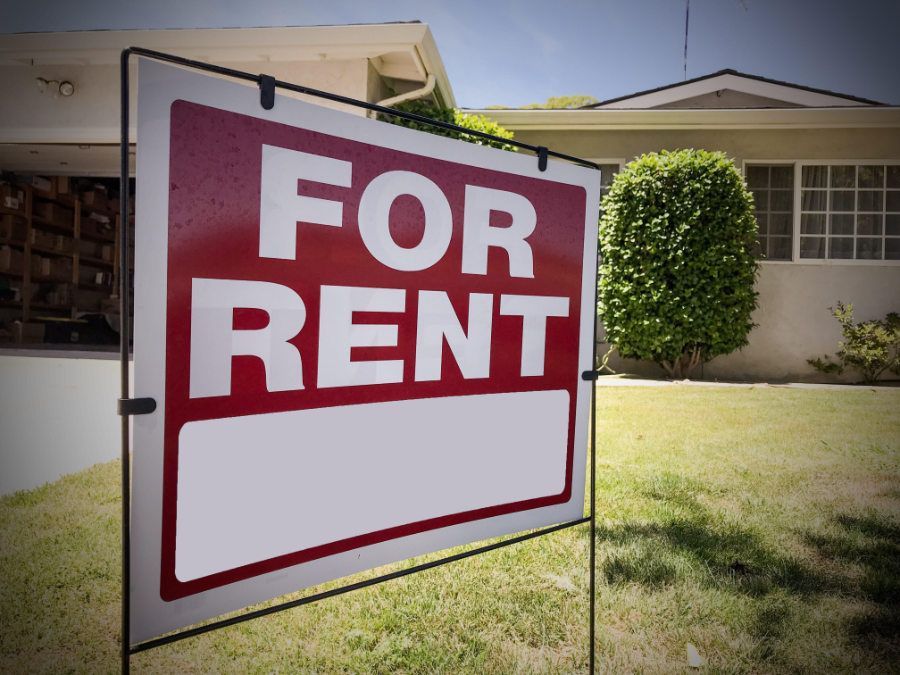Ways to Help Your Tenant and Your Property Lower the Utility Bills
Keep Your Tenants Happy By Providing Benefits To Lower Bills

A great way to keep long term tenants is to make their stay at your Long Beach rental property as comfortable and affordable as possible. When a tenant knows you are doing your best to make sure they have lower utility bills they are more willing to stay long term. Which lowers your vacancy rate and increases your bottom line.
Below we’ll discuss in which ways you can help lower the utility bills for your tenant and your property.
Water
Having water wise landscaping features can save your tenant in their water bill. If your Long Beach rental has a garden or lawn, consider a dynamic or smart water sprinkler controller. An example is a controller like the Rachio 3 which has options such as:
Zone selections like a garden or a lawn.- Limitations to the amount of water being used to not go against any water conservation ordinance.
- Scheduling to minimize water evaporation.
You can order products like the Rachio online or go to your local home improvement store to see what selection they have.
Electricity
There are a few ways to lower the electrical bill. One of the simplest ways is to ensure that all the lights in the rental property are modern and efficient LED fixtures or use LED bulbs. You can provide the rental home with LED replacement bulbs which have been tested to last as long as 100,000 hours of use which is nearly 20 years compared to 1,000 hours of use or about 1 year for incandescent bulbs.
Many modern light fixtures don't use bulbs anymore altogether. They now simply integrate LEDs into the fixture giving them a sleeker and cleaner look. If you feel it's time to replace fixtures in the rental property, modern LED fixtures can help reduce the electrical bill while making the home look more stylish and modern.
Appliances
Providing efficient appliances to your tenants is a great way to ensure their comfort and be stress free. Although landlords aren’t responsible for including kitchen appliances if you do provide them, it’s best practice to use newer more efficient models.
Appliances are now more efficient than ever before. Even if older ones “still work just fine” they may not be as energy efficient as modern appliances. Older appliances often contribute to pollution and wasted resources. As an example an older dishwasher may require your tenant to rinse their dishes before they load up the dishwasher. This not only wastes more water but it means if they don't do this first step they may need to run the dishwasher multiple times. This can greatly increase the cost of their electrical bill.
The downside to providing modern appliances is you need to spend the money to replace the older units as newer ones come into the market.
Heating and Cooling
Although most homes use air conditioning and heaters to cool and warm their homes. There are other ways to help manage temperatures of your Long Beach rental property more efficiently.
Insulation is something many people don’t think about unless a home is being built. Attic insulation is relatively easy to get to, and should be replaced every 20-30 years. Though after about 15 years attic insulation begins to degrade. Making sure your insulation is good can lower the costs of both cooling and heating the home. Proper attic insulation reduces the airflow of hot air in the winter and cool air in the summer allowing you to use less energy to heat and cool your home.
Your roof should be inspected yearly and replaced every 15 to 25 years. If you’ve noticed leakes or damage in your roof perhaps it's time to not just replace but to upgrade. A “cool roof” is designed to reflect more sunlight than standard tiles or shingles. By absorbing less energy and heat from the sun it causes less energy to be transferred into the home making cooling much more efficient during hotter days. Especially in areas with warm climates like Long Beach.
If you’re looking for ways to keep your tenants happy and help them reduce their utility bills feel free to call us at (562) 888-0247 or feel free to fill out our
free rental analysis to see what your rental could yield today.





